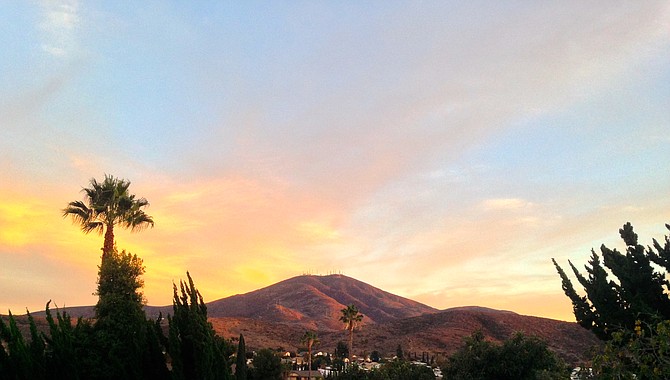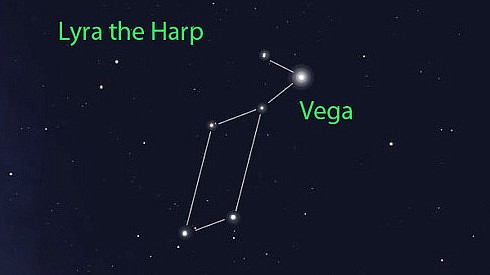 Facebook
Facebook
 X
X
 Instagram
Instagram
 TikTok
TikTok
 Youtube
Youtube

Local Temperatures should be declining most rapidly during this time of year, according to more than a century of local meteorological records. With every successive week, daily maximum temperatures are declining by about three quarters of a degree Fahrenheit, and daily minimum temperatures are plummeting by about 1˚ Fahrenheit. (This gradual onset of fall/winter chill is probably all but unnoticed by most newcomers from harsher climates.) By January, our mean temperature will have fallen to about 55˚, from an average temperature of about 70˚ in August.
November’s and December’s Picturesque Sunsets and sunrises are no accident. This is the time of year when high cirrus clouds, often the precursors of storms, sweep through our area with some regularity. When cirrus or other lofty clouds are present, low-angle sunlight bathes the undersides of these clouds in a crimson luminescence. This effect is most noticeable a half hour to a few minutes before the sun rises and a few minutes to a half hour after the sun sets.
Santa Ana Winds in San Diego County often reach their greatest intensity during November, particularly at the mountain passes, where dry air from a high-pressure area over the interior deserts swoops coastward toward a low-pressure area offshore. The subsiding air warms rapidly while it descends, resulting in 80˚-90˚ temperatures close to the coast. While passing over the mountains, though, the dry air can be surprisingly cool — 60˚ or less in the daytime.

Vega is the brightest star in the west in early evening on Saturday, Nov. 7. Its little constellation Lyra extends to its left. Somewhat farther left, about a fist and a half at arm's length from Vega, is 3rd-magnitude Albireo, the beak of Cygnus. This is one of the finest and most colorful double stars for small telescopes.
The above comes from the Outdoors listings in the Reader compiled by Jerry Schad, author of Afoot & Afield in San Diego County. Schad died in 2011. Planet information from SkyandTelescope.org.


Local Temperatures should be declining most rapidly during this time of year, according to more than a century of local meteorological records. With every successive week, daily maximum temperatures are declining by about three quarters of a degree Fahrenheit, and daily minimum temperatures are plummeting by about 1˚ Fahrenheit. (This gradual onset of fall/winter chill is probably all but unnoticed by most newcomers from harsher climates.) By January, our mean temperature will have fallen to about 55˚, from an average temperature of about 70˚ in August.
November’s and December’s Picturesque Sunsets and sunrises are no accident. This is the time of year when high cirrus clouds, often the precursors of storms, sweep through our area with some regularity. When cirrus or other lofty clouds are present, low-angle sunlight bathes the undersides of these clouds in a crimson luminescence. This effect is most noticeable a half hour to a few minutes before the sun rises and a few minutes to a half hour after the sun sets.
Santa Ana Winds in San Diego County often reach their greatest intensity during November, particularly at the mountain passes, where dry air from a high-pressure area over the interior deserts swoops coastward toward a low-pressure area offshore. The subsiding air warms rapidly while it descends, resulting in 80˚-90˚ temperatures close to the coast. While passing over the mountains, though, the dry air can be surprisingly cool — 60˚ or less in the daytime.

Vega is the brightest star in the west in early evening on Saturday, Nov. 7. Its little constellation Lyra extends to its left. Somewhat farther left, about a fist and a half at arm's length from Vega, is 3rd-magnitude Albireo, the beak of Cygnus. This is one of the finest and most colorful double stars for small telescopes.
The above comes from the Outdoors listings in the Reader compiled by Jerry Schad, author of Afoot & Afield in San Diego County. Schad died in 2011. Planet information from SkyandTelescope.org.
Comments